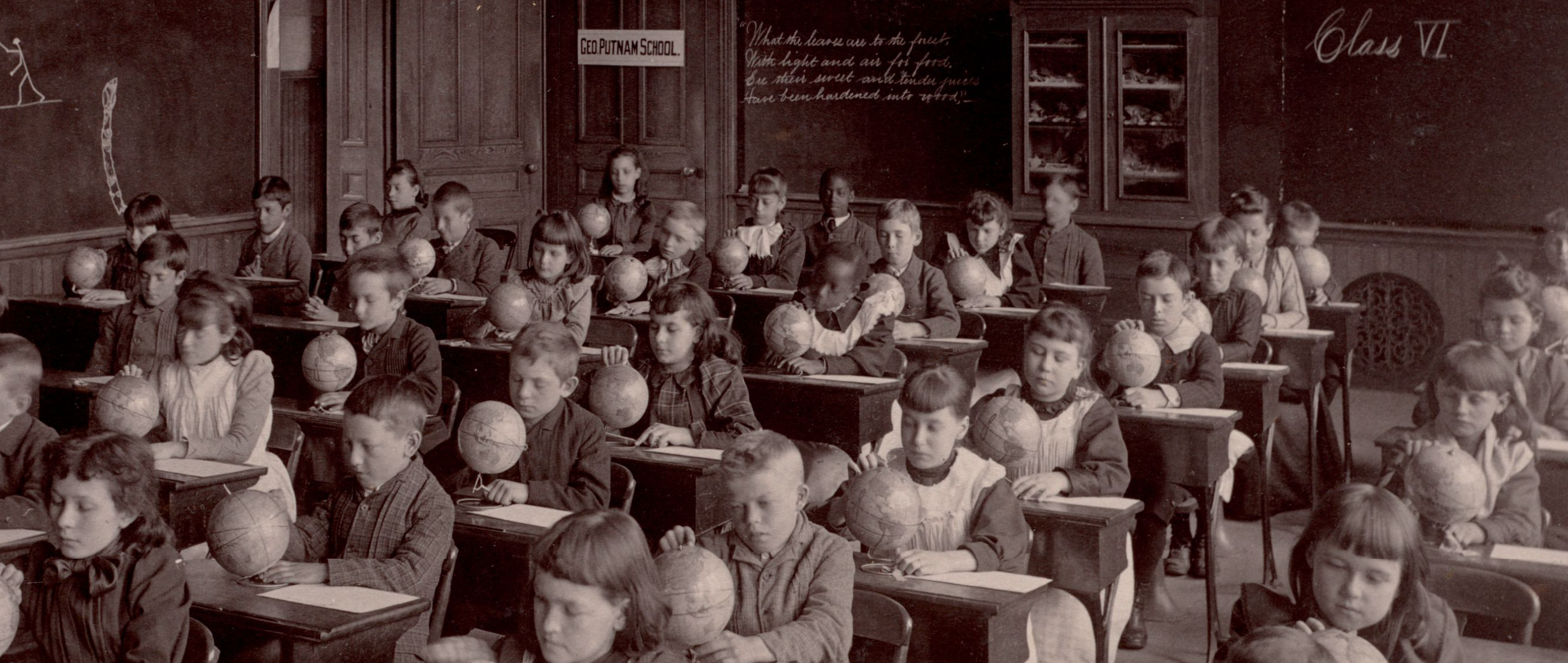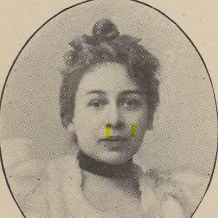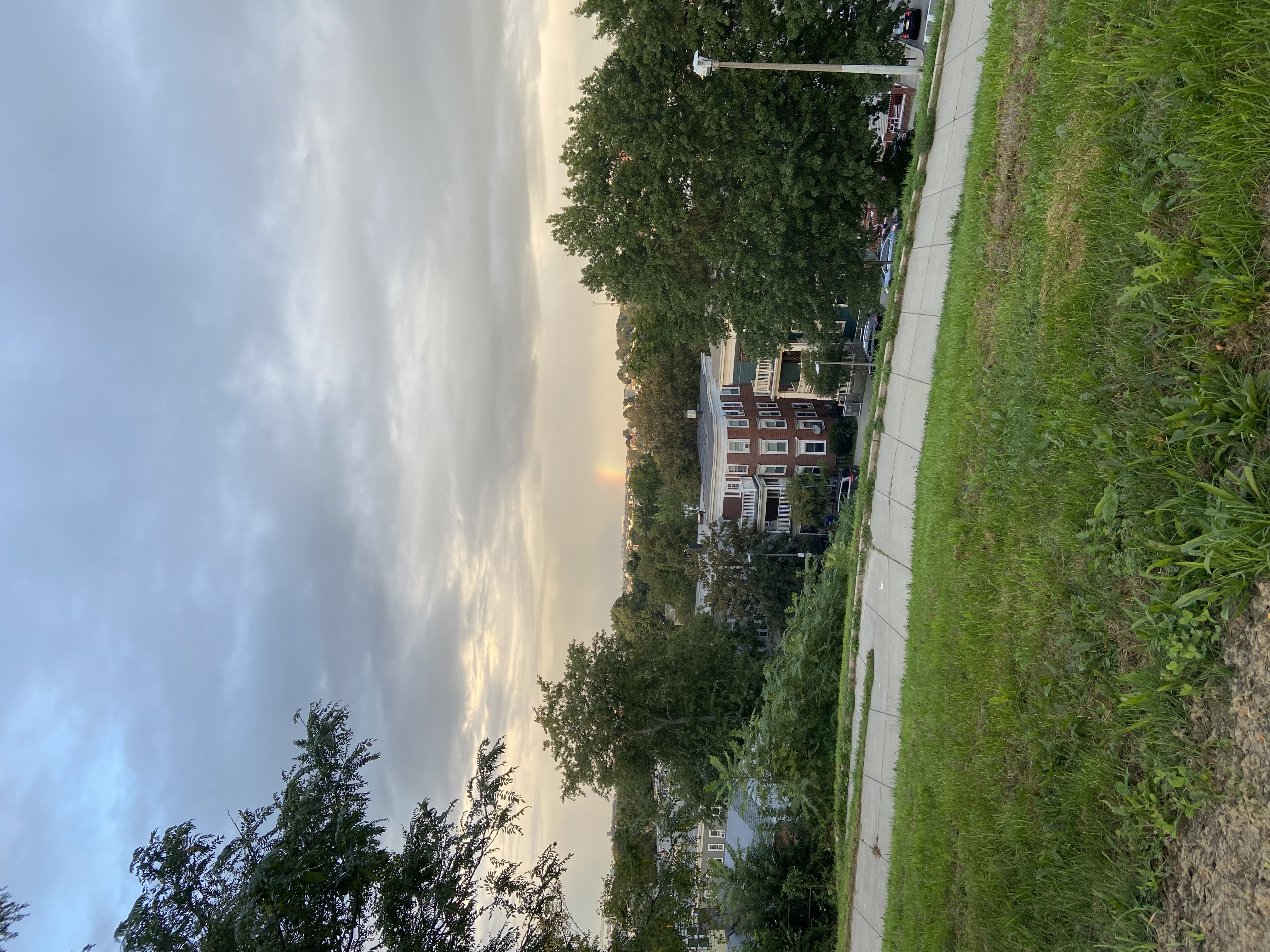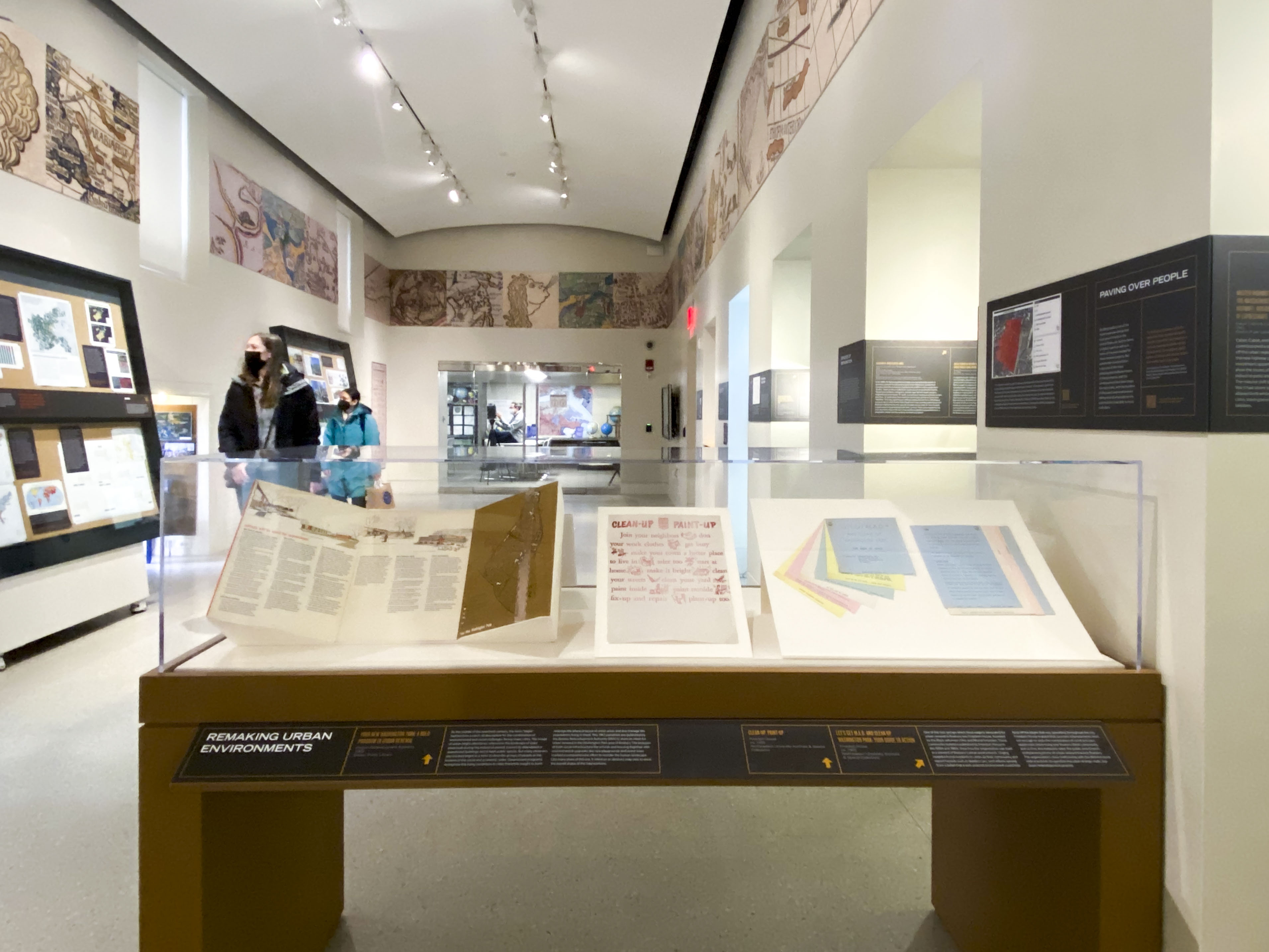
The maps in this exhibition tell stories that are ultimately about people. You’ll see maps covered with the names of businesses, homeowners, and institutions, all of which show places built, inhabited, maintained, and enjoyed by people. However, the stories of some people are harder to find than others. In the case of Boston’s Black community, the urban atlases don’t always tell us as much as we might want to know. For example, the names of building owners are shown on the maps, but not those of renters. For various reasons, including racism, most Black Bostonians of the time did not own their own homes. However, they lived and worked throughout the city even though we may not see their names.
To illuminate the lives and stories that sometimes run hidden through these maps, we follow the biography of an important Black Bostonian who lived in the time period depicted in Building Blocks. She worked, studied, played, and created within the landscapes you see on display.
Florida Ruffin Ridley was born in 1861. She lived with her parents, George and Josephine St. Pierre Ruffin, on Charles Street at the foot of Beacon Hill. Her father was the first African-American to graduate from Harvard Law School and the first Black judge in the United States. Her mother was a well-known activist, writer, and organizer for suffrage and against racial injustice. Florida’s childhood was one of privilege. The family attended the African Methodist Episcopal Church and socialized with many other families in Boston’s elite Black community.
Florida attended public schools in Boston and later returned to the school district as a teacher. Growing up, she was influenced by the older people in her life who had fought for the abolition of slavery and continued to write letters and articles, give speeches and organize meetings to address the injustices they saw against African Americans and women. When she grew up, she took up much of this work herself.
As you go through the exhibition, look for Florida’s photo as we follow her story and see how her life intersected with many other people and places in Boston and beyond.
How could someone tell your own personal story with maps? What kinds of maps should they look at? What parts of your story can’t be told with maps?

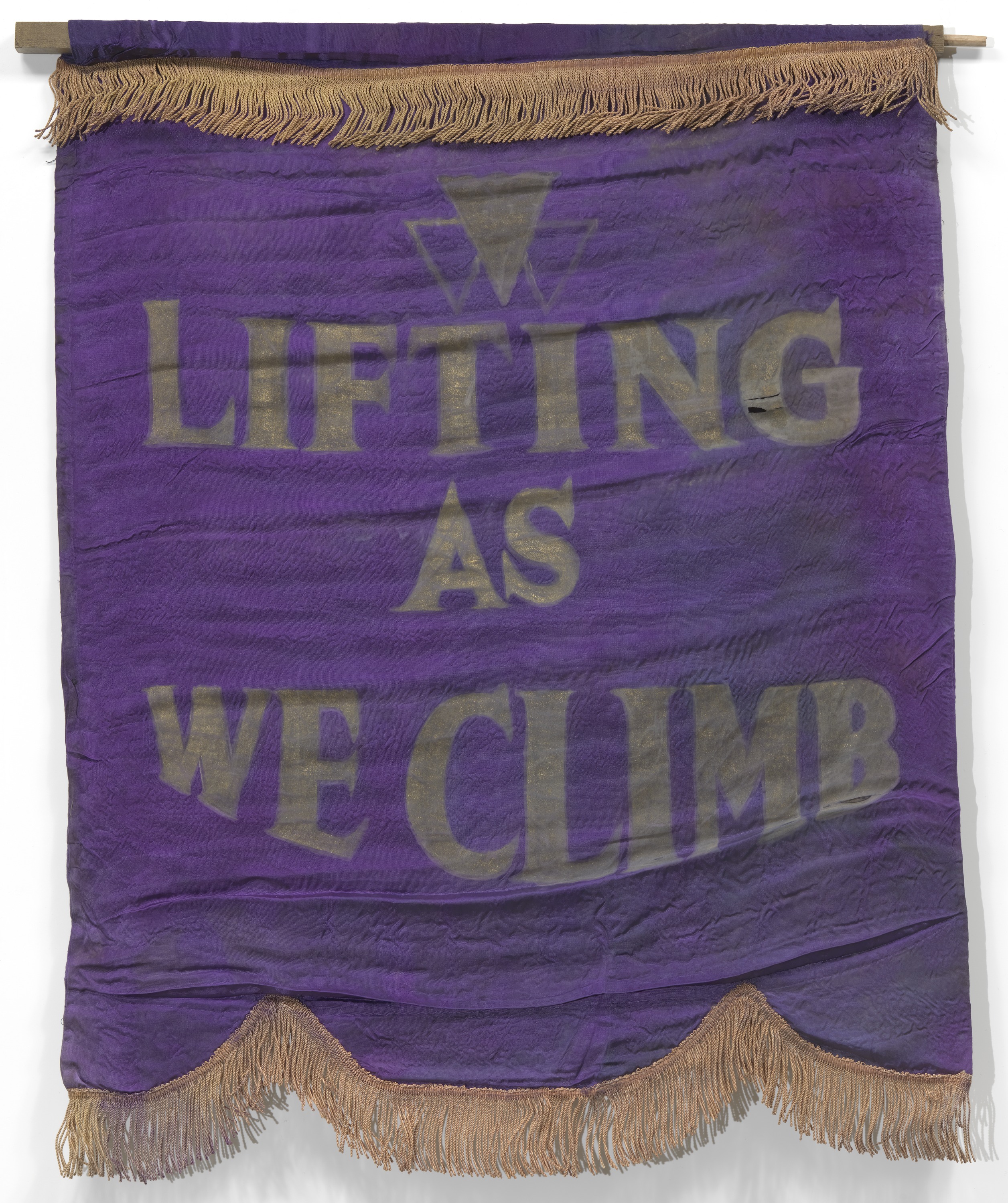
Creating Community
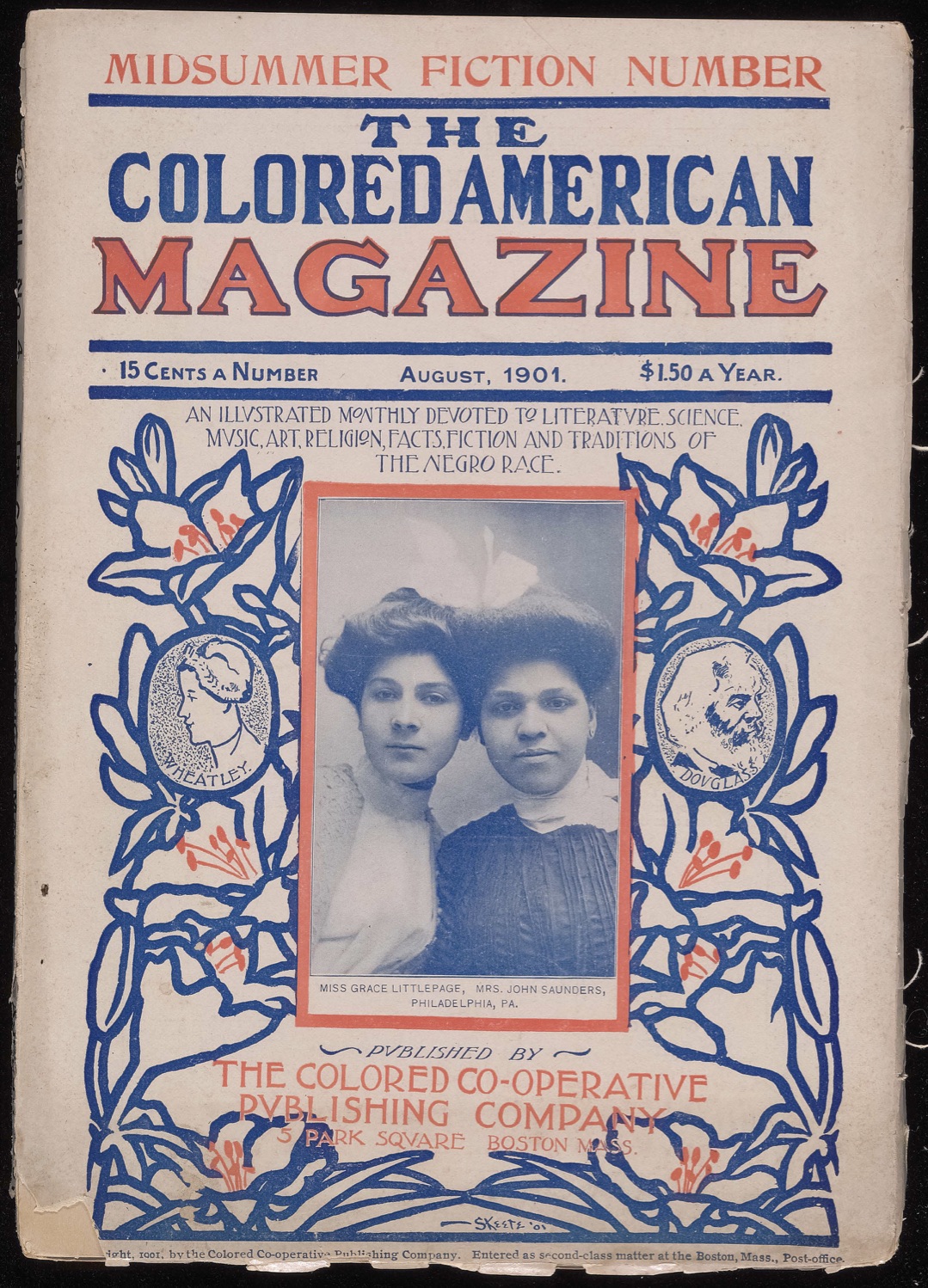
Making & Trading
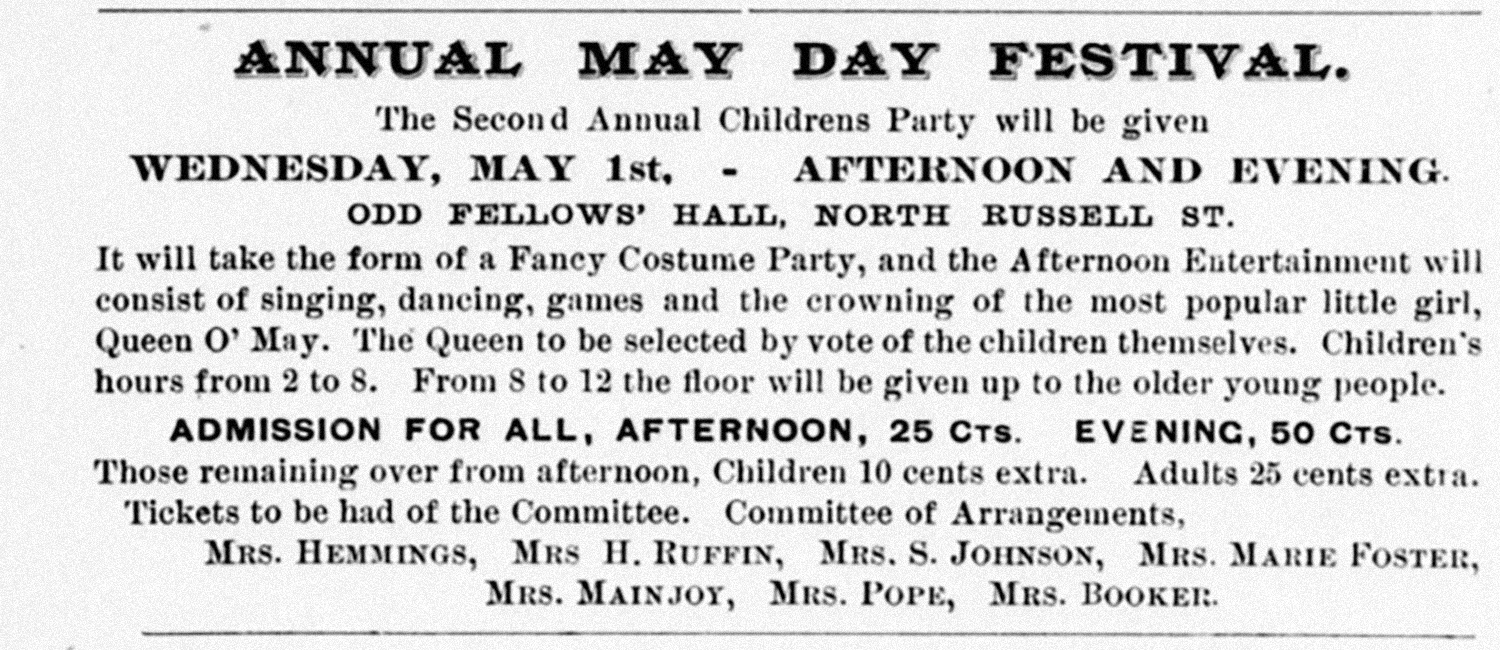
Having Fun
